Getting Your Hands Dirty
If you’ve been keeping up with my journal entries (and if you haven’t, shame on you…just kidding, welcome!), then you know that Team Spider heads out in the field pretty regularly. But what about other teams here at Toolik? Do they head out in the great outdoors a lot? For the most part, the answer is yes. How can you expect to learn anything about how an ecosystem works without experiencing it yourself? Most of the people I talked to here said that is one of the biggest draws to research related to ecology – “You mean I get to be outside all day AND get paid for it?” was a response I’ve heard from a lot of the researchers and graduate assistants here. Now, don’t get me wrong, these scientists do spend a fair amount of time inside the lab, analyzing the items that have been collected from the field, but for now let’s focus on getting outside!
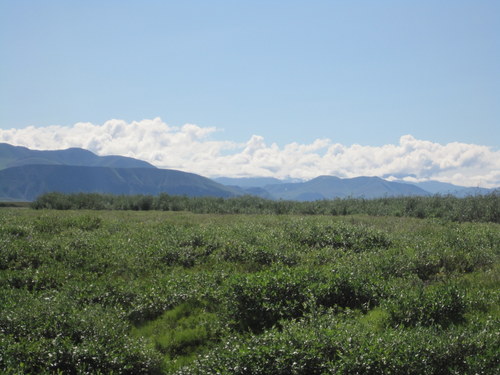
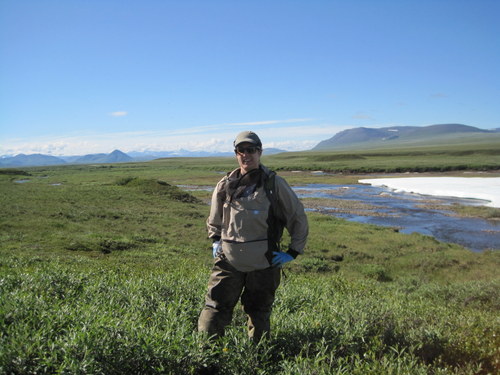
Bringing the outdoors in
Anyone who’s spent a great deal of time in nature knows that you are supposed to “leave no trace” or “leave what you find,” but if you want to study the processes of life in an environment, then sometimes you have to take things back to the lab. Sorry…it’s just the way it goes. There are so many different teams here studying so many different concepts, that it would take me months of blogging to get through it all. Since I know you don’t want to read through all of that, here are a few pictures of various collection methods – make sure to read the captions!
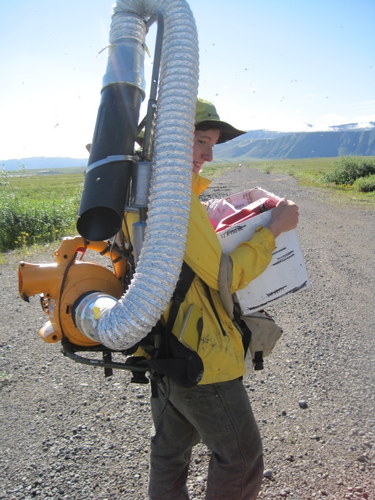
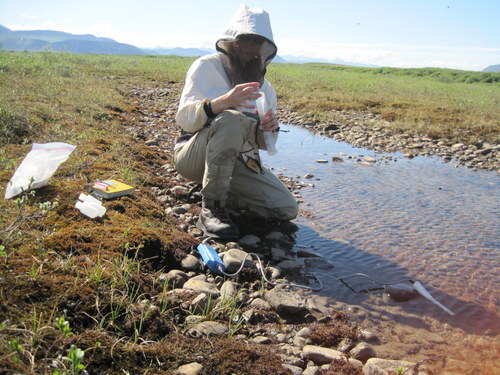
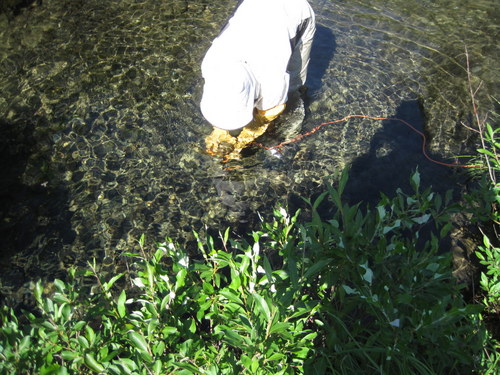
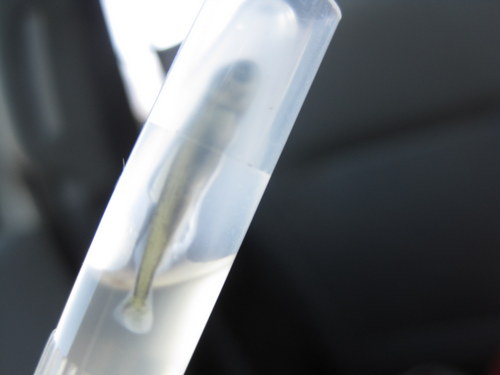


Comments